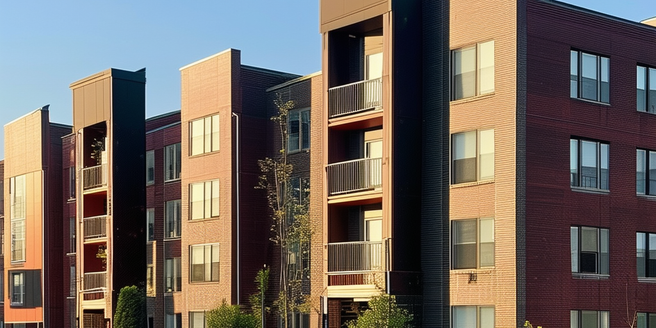
Different Models of Low-income Housing Financing
As we explore different models of low income housing financing, the most prevalent is the use of housing development companies. These companies not only construct the units, but also manage them to ensure they remain affordable and well-maintained. As part of their management activities, they often have to balance between keeping costs low and meeting the necessary standards for comfortable living. They operate with the aim of creating affordable units for low-income families. Often, they partner with housing finance institutions who provide the necessary loans to potential homeowners. Some models involve the use of investment funds, where investors pool resources and invest in low-cost housing projects. Regardless of the model employed, the goal remains to provide affordable, decent housing for those who need it the most.
Government Subsidies and Financing Solutions for Low-income Housing
The government plays a crucial role in facilitating the financing of low-income housing, which is vital for addressing economic disparity and homelessness, through grants, low-interest public loans, and tax credits as incentives for builders. Not only providing financial assistance, but the government also acts as a regulator within the housing industry, enforcing policies that encourage affordable housing production and maintain the sector’s viability. Additionally, it ensures urban planning regulations accommodate all income levels within communities, promoting social inclusion. This financial aid and regulatory support make affordable housing accessible to low-income households, highlighting the government’s role in bridging the financial gap these families often face.
Innovations in Nonprofit Approach to Low-income Housing Financing
Nonprofit organizations frequently use innovative approaches to facilitate low-income housing financing, evolving from traditional practices to include crowdfunding and micro-loans. Crowdfunding collects small amounts of capital from many individuals, often through the internet, and is embraced by nonprofits for pooling resources aimed at affordable housing. Micro-loans, small short-term loans with little or no collateral, can collectively finance housing projects for low-income families while engaging lenders in socially beneficial projects. Nonprofits also use alternative financing models such as housing cooperatives and mutual housing associations, which offer mutually beneficial options, and leverage government subsidies with their resources to assist low-income families in becoming homeowners. The non-profit model provides targeted resources to communities, so they can access affordable housing, specifically assisting those in need in socio-economically marginalized regions. Through crowdfunding, micro-loans, cooperatives, mutual associations, and government subsidies, non-profit organizations are making a significant impact on low-income housing financing.
Public-Private Partnerships and its Impact on Low-income Housing
Public-private partnerships, commonly referred to as PPPs, are an effective concept for funding low-income housing projects. This model utilizes both the financial resources and expertise of public entities and private industry to construct and manage affordable housing units. This approach allows for resource consolidation, enhancing the quality of these homes and speeding up their construction. Furthermore, PPPs encourage the geographical dispersion of affordable housing units – aiding in distributing them over a wider range of areas, even those often overlooked by housing initiatives. This helps prevent dense concentration of low-income housing in marginalized neighborhoods, instead fostering community integration. Additionally, these collaborations break economic barriers within communities, leading to a more diversified and inclusive mix of housing options. Overall, public-private partnerships can revolutionize the affordable housing sector in terms of construction efficiency, wide dispersal, and better community integration.
Future Trends in Low-income Housing Financing
In the immediate and long-term future, housing finance models are expected to benefit from remarkable innovation, primarily fueled by technological advancements. These fintech solutions hold the potential to revolutionize low-income housing finance by shifting from traditional methods to digital platforms. They bring strategic advantages such as cost-effectiveness, making property ownership more affordable for low-income households. Technological innovation also improves accessibility of financial services to previously underserved markets, helping more individuals and families fund low-income housing. With automated processes, efficiency and speed of transactions increase, leading to more streamlined financing. Concurrently, blended finance models, combining public, private, and philanthropic resources, are gaining traction as they can diversify funding for low-income housing projects. Overall, these emerging trends signal a more inclusive future with more available, affordable, and efficient housing finance for low-income households globally.
